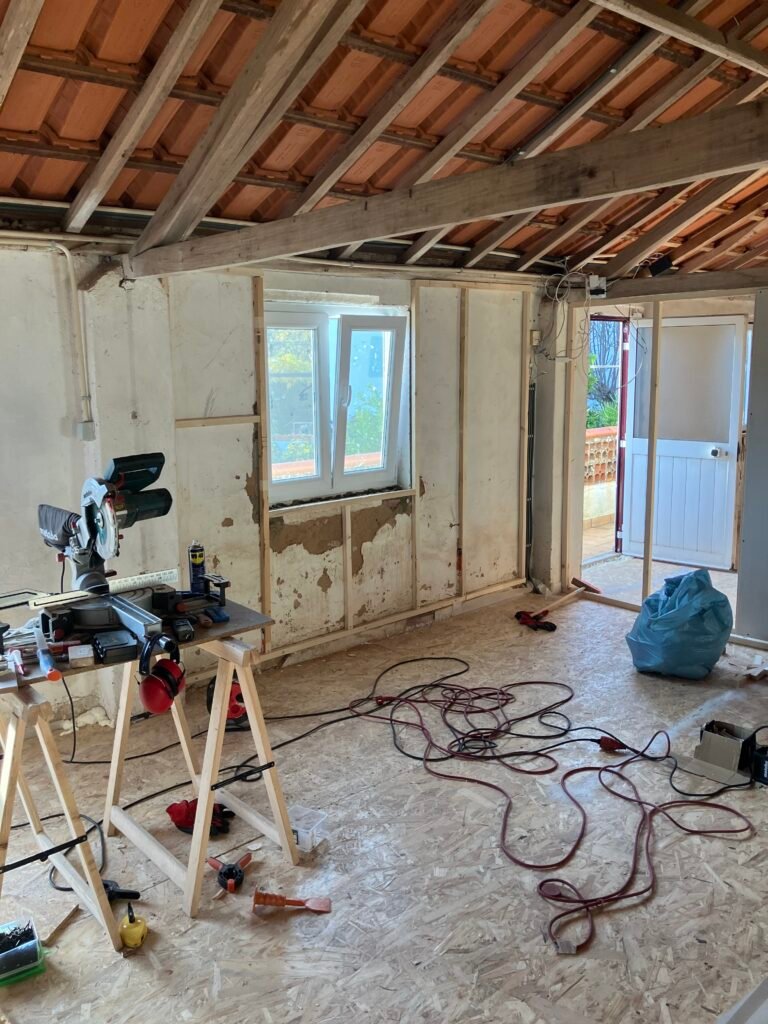
My journey with Essential Steps to Set Up the Perfect Yoga Space for Your Studio
My journey with Essential Steps to Set Up the Perfect Yoga Space for Your Studio In my previous blog, I
Starting your yoga journey can be both exciting and overwhelming. With so many different styles of yoga available, it’s natural to wonder which one is right for you, especially as a beginner. Each style has its own unique focus, pace, and benefits, making it essential to choose a practice that resonates with your body and personal goals.
There is no right or wrong answer to this question. At every stage of life, a different style of yoga may suit you. If you’re new to yoga, starting with Hatha Yoga can be a good choice. From there, you can tune in to your needs and perhaps explore other styles. The key is to experience and discover what feels right for you.
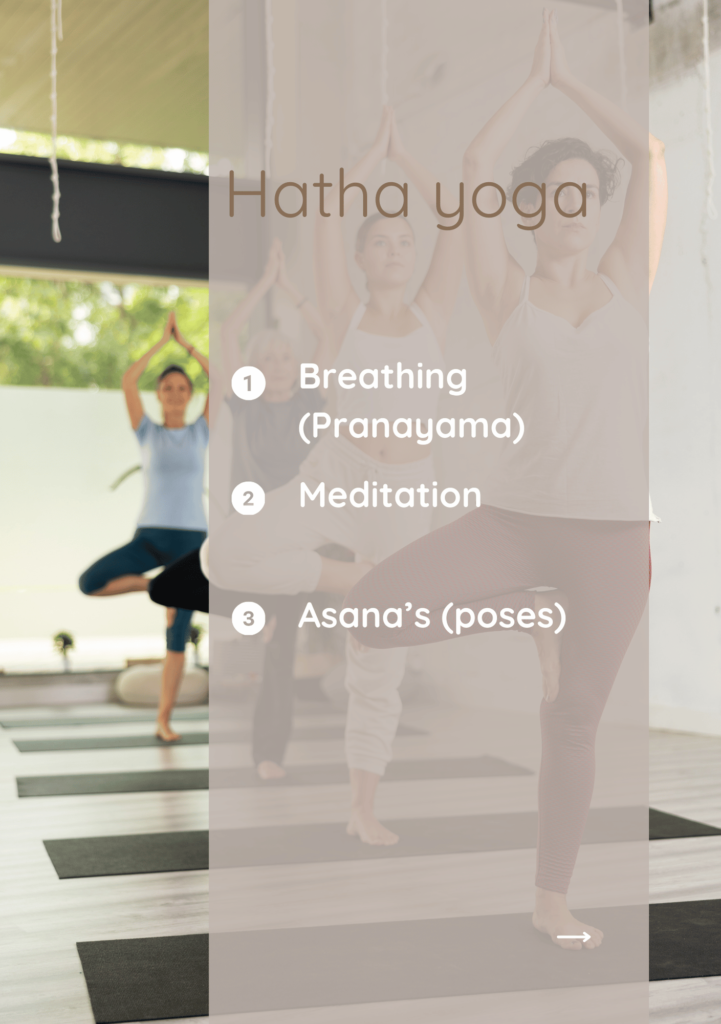
If you’re new to yoga, Hatha Yoga is often considered the best place to start. This style focuses on basic postures (asanas) and breathing exercises (pranayama) at a slower pace, allowing you to ease into the practice without feeling rushed. Hatha Yoga classes are designed to introduce you to the foundational poses, giving you the time to explore your body’s alignment and flexibility.
Hatha is ideal for beginners who want to build strength and flexibility at a gentle pace. It’s also great if you’re looking for a more relaxed, stress-relieving practice to balance the demands of daily life.
For those who enjoy a more dynamic practice, Vinyasa Yoga might be a perfect choice. Vinyasa is all about synchronizing movement with breath, creating a continuous “flow” of poses that seamlessly transition from one to the next. Each class is often set to music, adding an element of rhythm and energy to the practice.
While it might be a bit more fast-paced than Hatha, Vinyasa can still be accessible to beginners, especially if you love the idea of movement and flow. It’s great for building cardiovascular endurance and strength, making it suitable for those who are active and looking for a more invigorating practice.
If you’re looking to improve flexibility and cultivate patience, Yin Yoga offers a slow, meditative practice focused on deep stretching. In Yin Yoga, poses are held for several minutes, allowing you to target the connective tissues and release deep-seated tension. This style is excellent for those who spend a lot of time sitting, as it focuses on opening up the hips, lower back, and legs.
Yin Yoga is a great complement to more active styles of yoga or other forms of exercise. It’s perfect for beginners who want to work on flexibility, mindfulness, and relaxation.
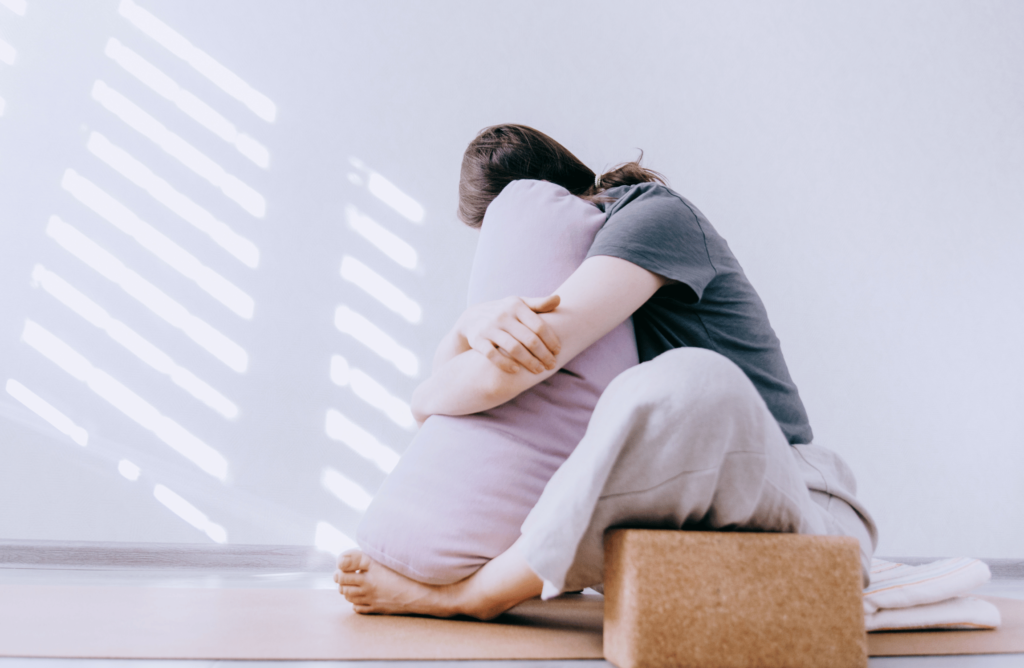
For anyone dealing with stress, anxiety, or fatigue, Restorative Yoga is a gentle, soothing practice that emphasizes complete relaxation. Using props such as blankets, blocks, and bolsters, each pose is fully supported, allowing you to relax deeply and restore your energy. Poses are held for longer periods, but without any strain or effort, making this practice accessible for all body types and fitness levels.
If you’re seeking a practice that focuses on self-care and recovery, Restorative Yoga is a wonderful way to slow down, reconnect with your breath, and let go of tension.
For those who enjoy structure and routine, Ashtanga Yoga provides a more disciplined approach to practice. Ashtanga follows a specific sequence of postures that is the same in every class, allowing you to track your progress over time. It’s a physically demanding style that builds strength, flexibility, and endurance.
Ashtanga is great for beginners who are ready for a challenge and want to commit to a consistent, structured practice. However, if you’re looking for a more relaxed introduction to yoga, it may be best to start with Hatha or Vinyasa first before diving into Ashtanga.
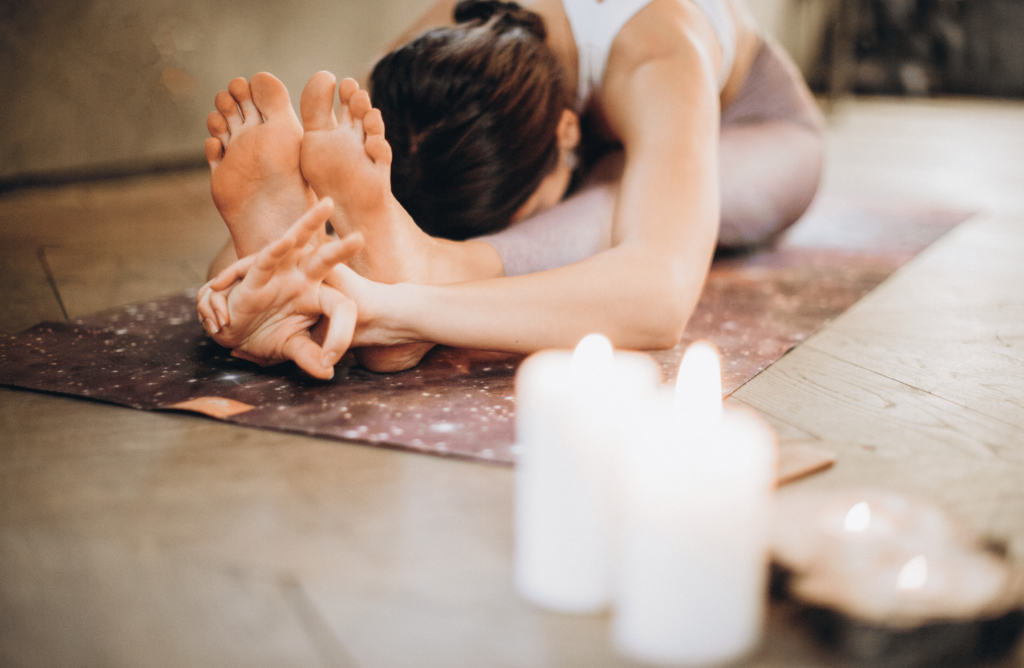
Yoga is a personal journey, and the best style for you is the one that aligns with your current needs and goals. As you explore different styles, remember that yoga is about connecting with your body and mind in a compassionate and mindful way. By choosing a practice that feels right for you, you’ll set the foundation for a rewarding and sustainable yoga journey.

My journey with Essential Steps to Set Up the Perfect Yoga Space for Your Studio In my previous blog, I
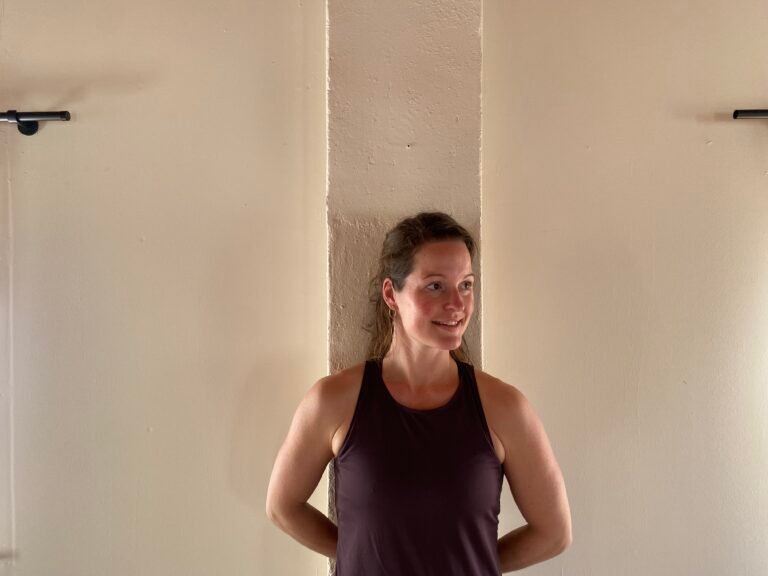
How I started my own yoga studio: the why If you had told me five years ago that I would
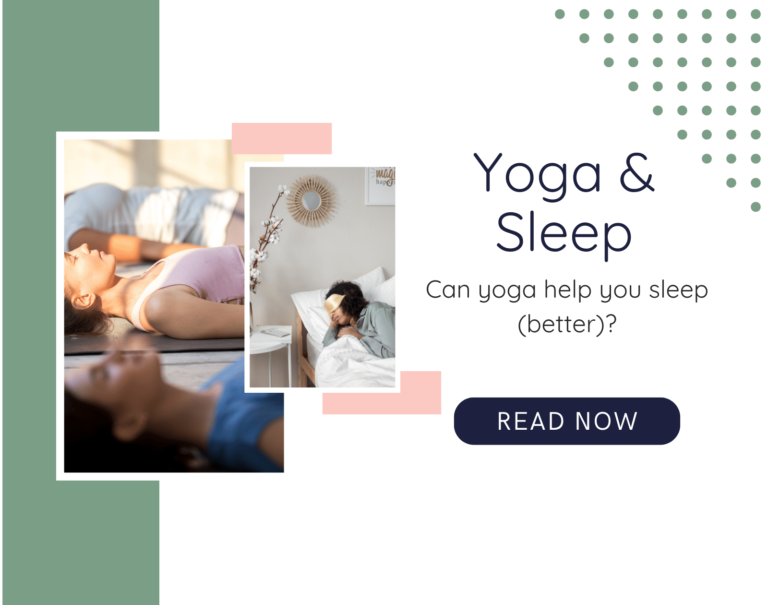
Yoga can help you reclaim restful sleep. By easing physical tension, calming the mind, and creating the conditions for deep relaxation, yoga can improve both how quickly you fall asleep and the quality of your slumber. Let’s explore the science behind yoga’s benefits, types of yoga suited for sleep, calming poses, and breathing techniques that pave the way for restorative rest.